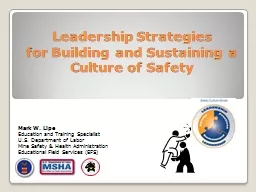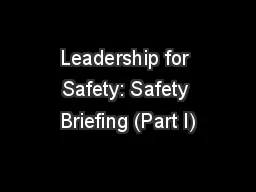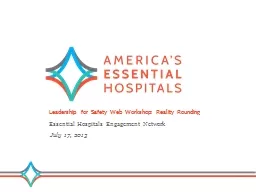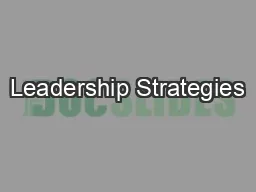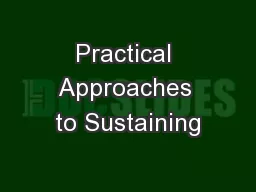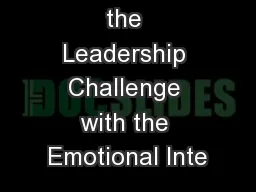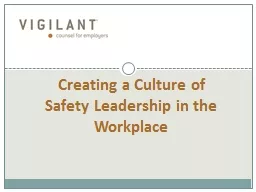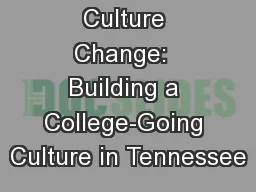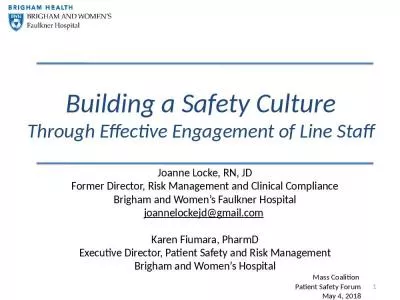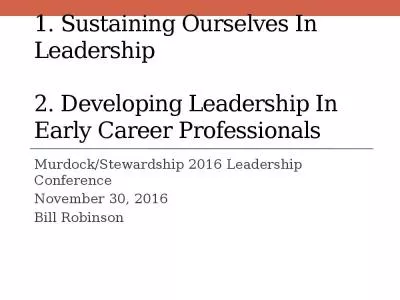PPT-Leadership Strategies for Building and Sustaining a Culture of Safety
Author : iamamercy | Published Date : 2020-08-27
Mark W Lipe Education and Training Specialist US Department of Labor Mine Safety amp Health Administration Educational Field Services EFS Overview Discuss why many
Presentation Embed Code
Download Presentation
Download Presentation The PPT/PDF document "Leadership Strategies for Building and S..." is the property of its rightful owner. Permission is granted to download and print the materials on this website for personal, non-commercial use only, and to display it on your personal computer provided you do not modify the materials and that you retain all copyright notices contained in the materials. By downloading content from our website, you accept the terms of this agreement.
Leadership Strategies for Building and Sustaining a Culture of Safety: Transcript
Download Rules Of Document
"Leadership Strategies for Building and Sustaining a Culture of Safety"The content belongs to its owner. You may download and print it for personal use, without modification, and keep all copyright notices. By downloading, you agree to these terms.
Related Documents

